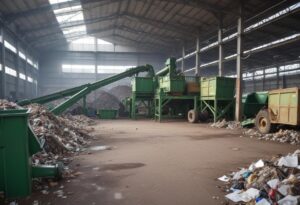Lorem ipsum dolor sit amet, consectetur adipiscing elit. Ut elit tellus, luctus nec ullamcorper mattis, pulvinar dapibus leo.

Cool The Globe: A Revolutionary App for Climate Action
Cool The Globe: A Revolutionary App for Climate Action IntroductionClimate change is one of the most pressing challenges of our


